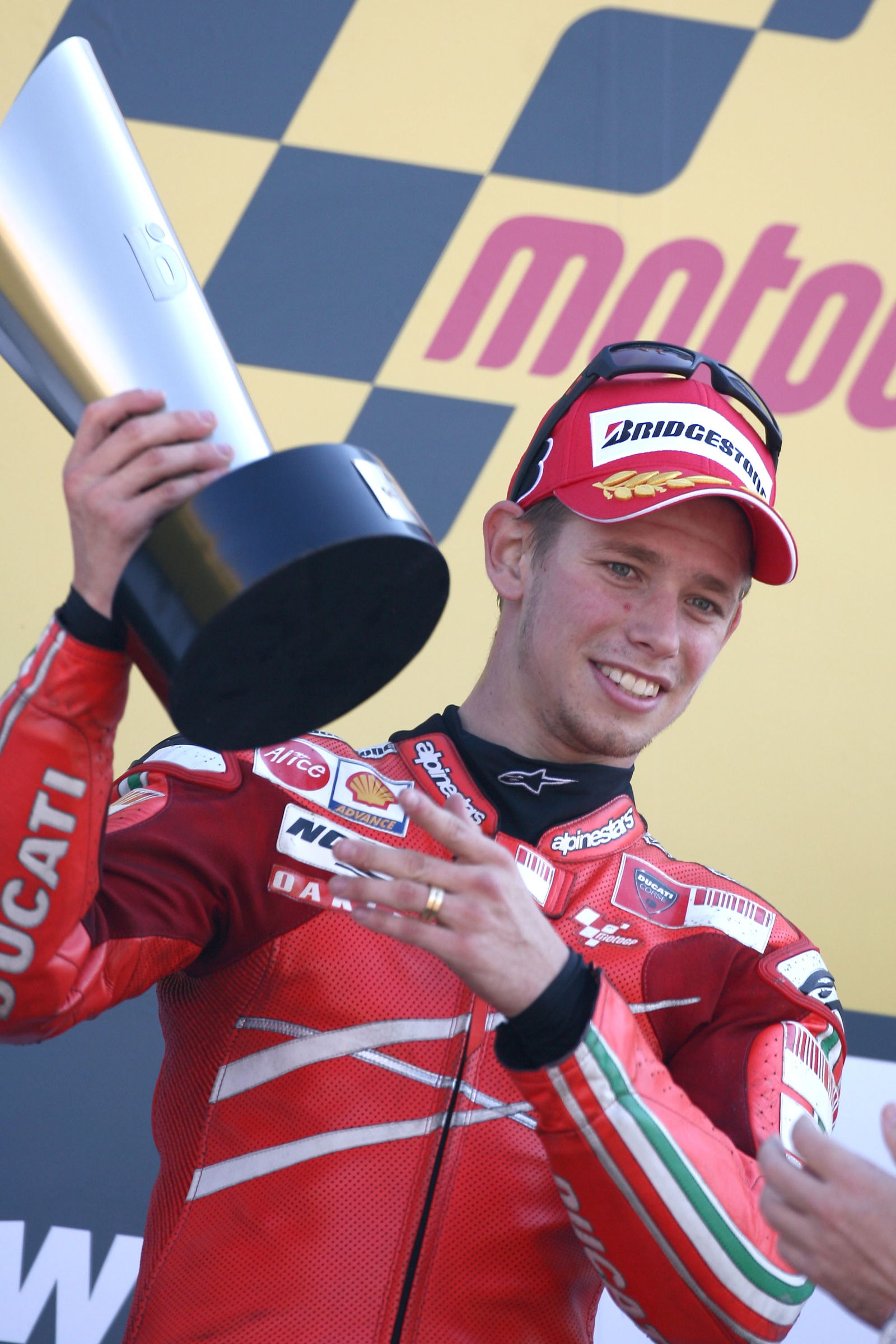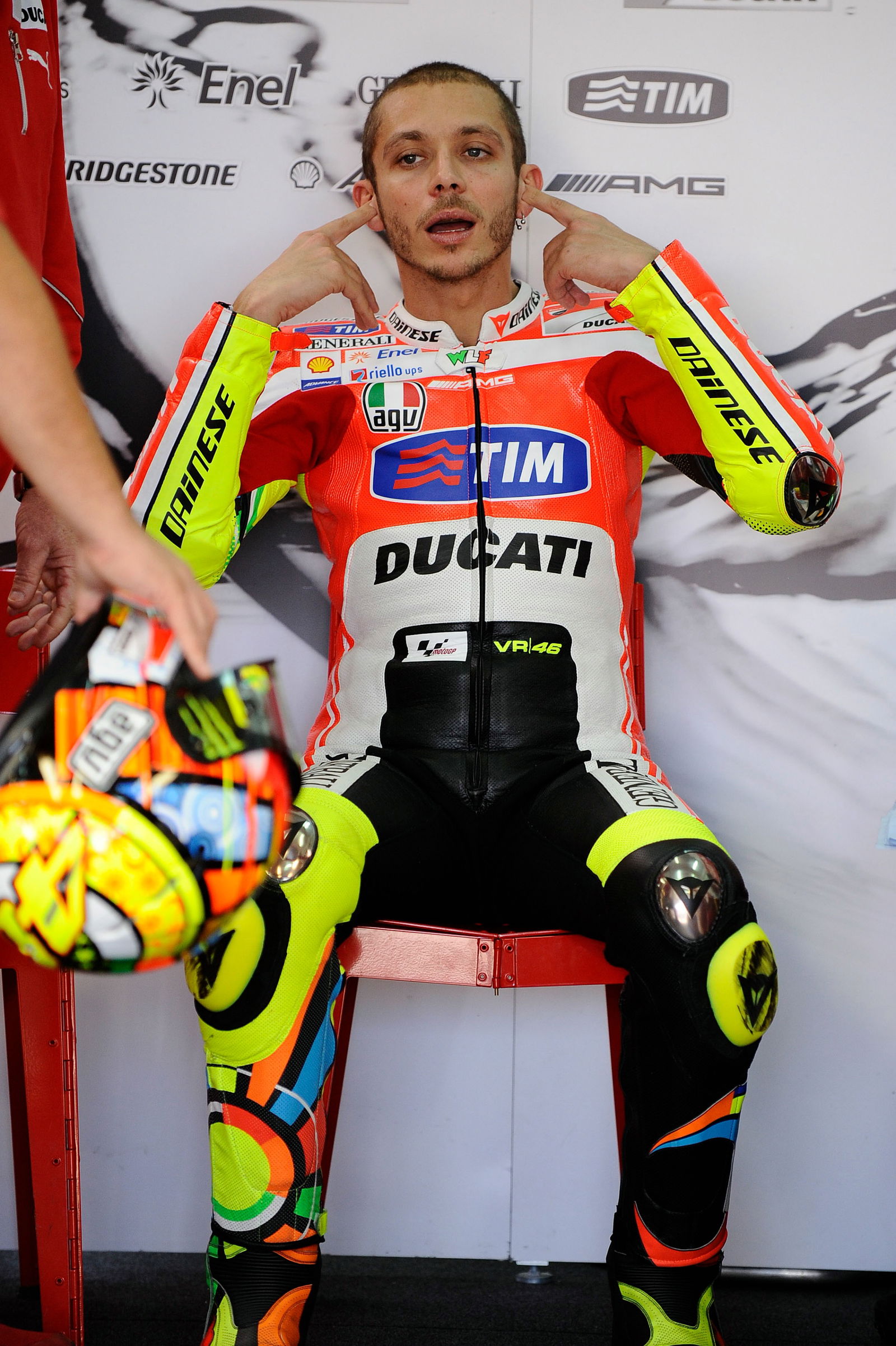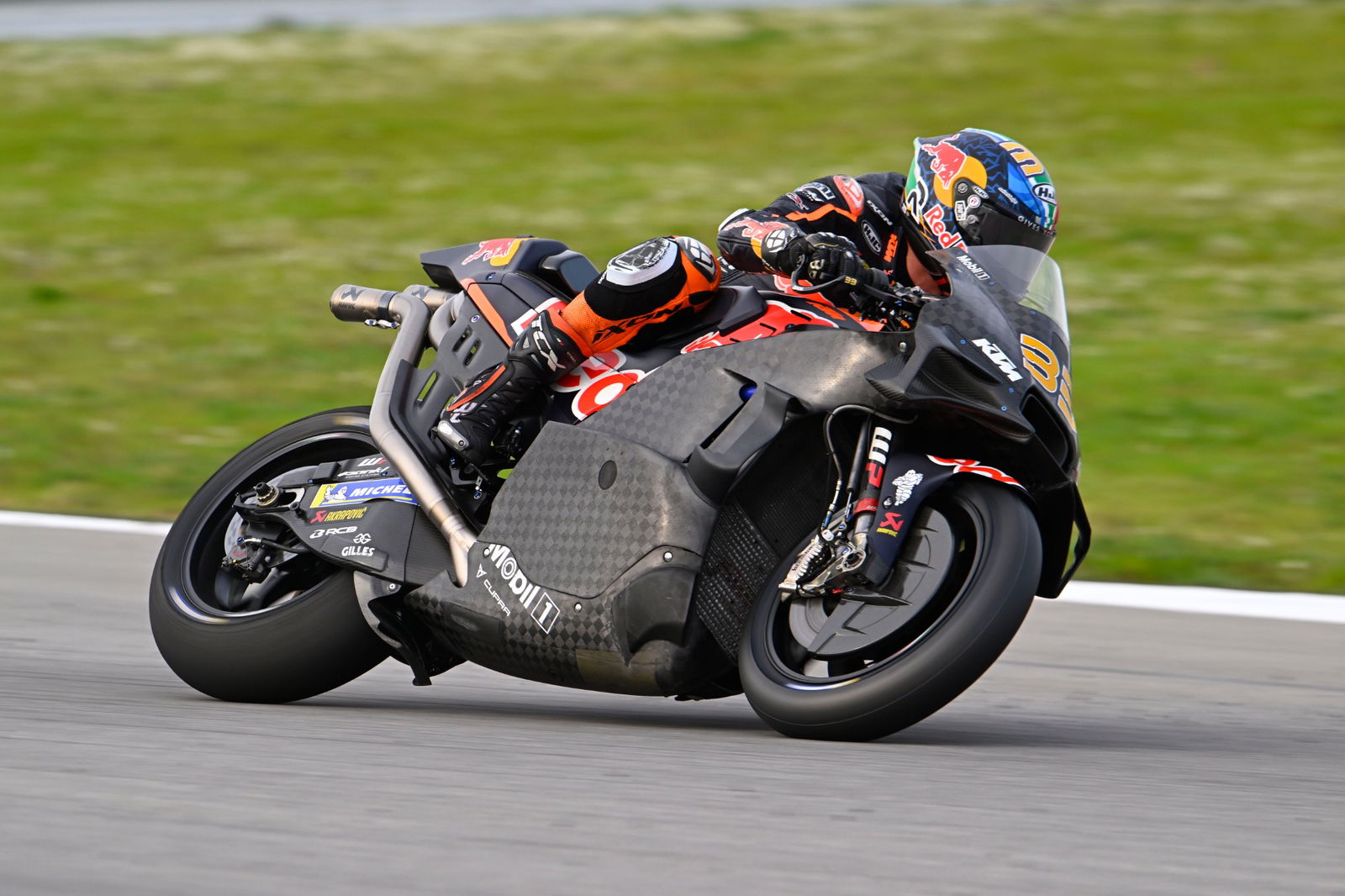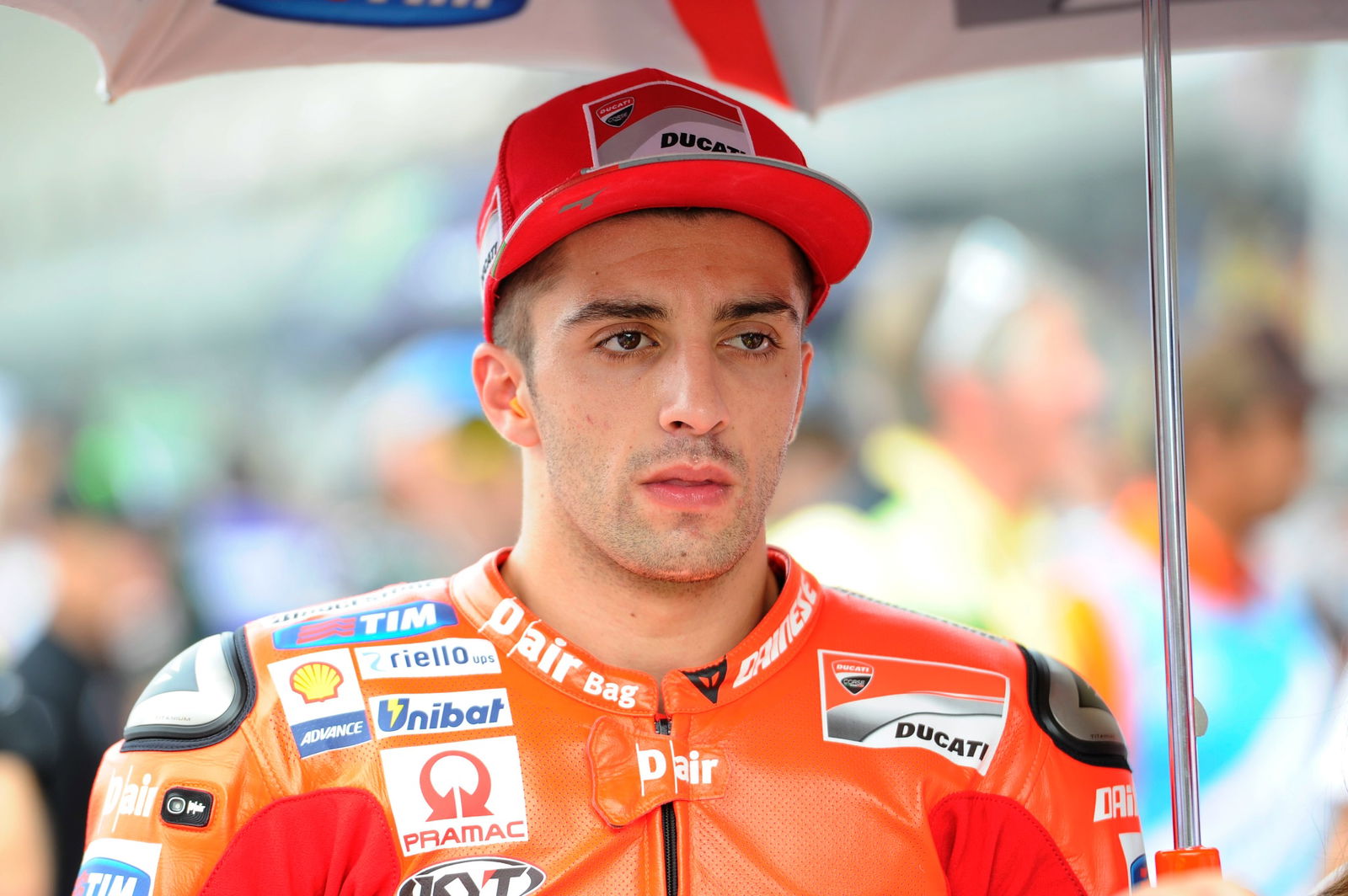“Casey Stoner had more ‘exceptional talent’ than Valentino Rossi, but anxiety ate him alive…”

Long-time Ducati crew chief Marco Rigamonti experienced most of the 15 years of hurt between Stoner’s MotoGP title and Francesco Bagnaia’s crowning moment last season, with Rossi’s tainted stint etched into his memory.
But he watched from afar as Marquez combined the best traits of Stoner and Rossi.
"Valentino had an extraordinary head,” Rigamonti tells Slick Magazine.
“He was able to put everyone in difficulty, even those who were stronger than him.
“Casey had an exceptional talent in riding, more than Valentino, but he struggled to withstand the pressure: every time he placed on the starting grid he was nauseous, anxiety ate him alive, he wanted to go home. This also led to his retirement.
“Stronger than them, in my opinion, there is only Marquez. Because he is the perfect union of the two: Marc combines Stoner's talent with Rossi's mental resilience."
Stoner’s MotoGP championship owed much to Loris Capirossi, says Rigamonti.
"Stoner was a phenomenon, pure talent, but for the victory of the world championship in 2007 we must also consider that already in 2006, the last year of the 1000cc, Capirossi [finished third in] the championship. The bike was quite competitive with everyone.
“From the following year, with the transition to 800cc, the Ducati engine had a big advantage over the competition and with Casey's talent it was able to capitalise."

But then Rossi, already a seven-time premier class champion whose glory was synonymous with Yamaha, moved to Ducati - pairing the Italian legend with the iconic Italian brand.
"A disaster contrary to expectations,” Rigamonti said,
“[To be fair to] Valentino, the advantage of the Ducati engine had gradually diminished over the years even before his arrival, narrowing the gap that separated his opponents and highlighting the limits of the bike: although Stoner still managed to win.
“If before you could make up for some chassis problems by changing only the tyre specification, from 2009 the tyres were the same for everyone, and the problems were increasingly evident, so much so that Casey himself began to struggle.
“With the arrival of Valentino and Stoner's move to Honda in 2011, all these problems simply came to the surface.
"During the Stoner years, the media and opponents praised our anti-wheelie system and we, as Ducati employees, simply welcomed these praises.
“The truth, however, was another and with the arrival of Rossi it jumped out: back in the pits after his first outing, Valentino asked the mechanics why anti-wheelie had been deactivated, only to discover that, in reality, this technology on that bike had never existed!
“The shortcomings of the bike, then, were translated into the results on the track, already from the first tests in Valencia in 2010: just think how in the last race – run a few days earlier on the same circuit – Stoner with Ducati obtained pole position and then finished second in the race.
“On the first day of testing, however, while Stoner was always first, riding the Honda, however, Rossi on Ducati wandered around the 15th position.”

Ducati did not crown another MotoGP champion until Bagnaia ended the hoodoo last season. His title defence begins next weekend at the Portuguese MotoGP.
Rigamonti explains how Ducati changed after Rossi’s nightmare: "From those years we began to work differently, in a frantic way. Not by choice, but by obligation.
“If things do not work, try to improve them immediately. If before a certain number of pieces were tested in a given period of time, in those years twice as many solutions were tried in half the time.
“Clearly this frenzy was translated into the results on the track. At the end of 2012, therefore, there was a first change, because Filippo Preziosi was replaced by Bernhard Gobmeier, a man from the Audi world.
“But it was a pretty messed up year: there was no real technical guide who knew where to direct development. There was a management crisis."

